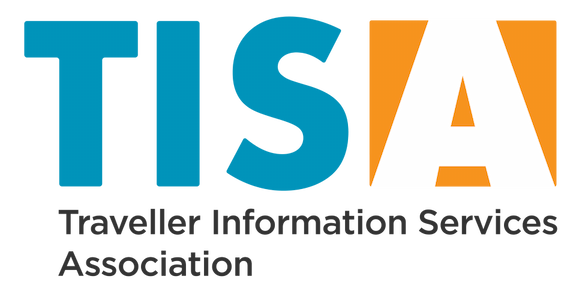TPEG3: Standardization Involvement and Innovation at NNG
The Traveller Information Services Association (TISA) is an industry consortium developing and maintaining standards called Transport Protocol Expert Group Generation 2 (TPEG2) and Traffic Message Channel (TMC).
NNG has been a member of TISA for several years and is using TMC and TPEG2 in its iGO Navigation product’s traffic engine. TMC and TPEG2 standards are also internationally recognized; TISA, ISO and CEN are collaborating in standardisation efforts (in development, publication, and the maintenance processes), meaning TPEG2 and TMC are considered international technical specifications and full standards.
Since the beginning of the rise of connected and automated driving technologies, TISA has taken an active role in global industry efforts to address the challenges represented by this disruptive technology trend.
As one of the founding members of the Open Auto Drive Forum (OADF), TISA and its membership has been actively involved in harmonization and synchronization efforts. This in conjunction with other industry consortia such as ADASIS, SENSORIS, NDS, TN-ITS, and with other international organisations such as ISO and ASAM (hosting OpenDrive, OpenCRG, OpenScenario and OpenODD), and the SIP-adus project from Japan.
In order to understand the specific requirements of automated mobility, we analysed the basics of the technology specified by the Society of Automotive Engineers’ (SAE) On Road Automated Driving (ORAD) Committee’s document J3016 and more specifically, its definition of the Operational Design Domain (ODD).
Automated driving technology defines the necessary conditions and requirements which must be fulfilled while the vehicle uses automated driving functions – and in case these conditions are no longer met the vehicle must be able to fall back to a safe operational mode (e.g. human driving or manoeuvre to a safe parking location).
The transition between machine driving and human driving is always a challenging issue, therefore these gaps (see above) in automated driving operation are the high priority targets of new technology initiatives. TPEG3, HD maps, C-ITS based innovative services (such as the Cooperative Perception Service), and advanced onboard sensor solutions (millimetre wave radars and solid-state lidars) or ISAD (Infrastructure Supporting Automated Driving), are being pursued in order to decrease or (if possible) close them.
Click here to read the full article.
Source: NNG

 LinkedIn
LinkedIn